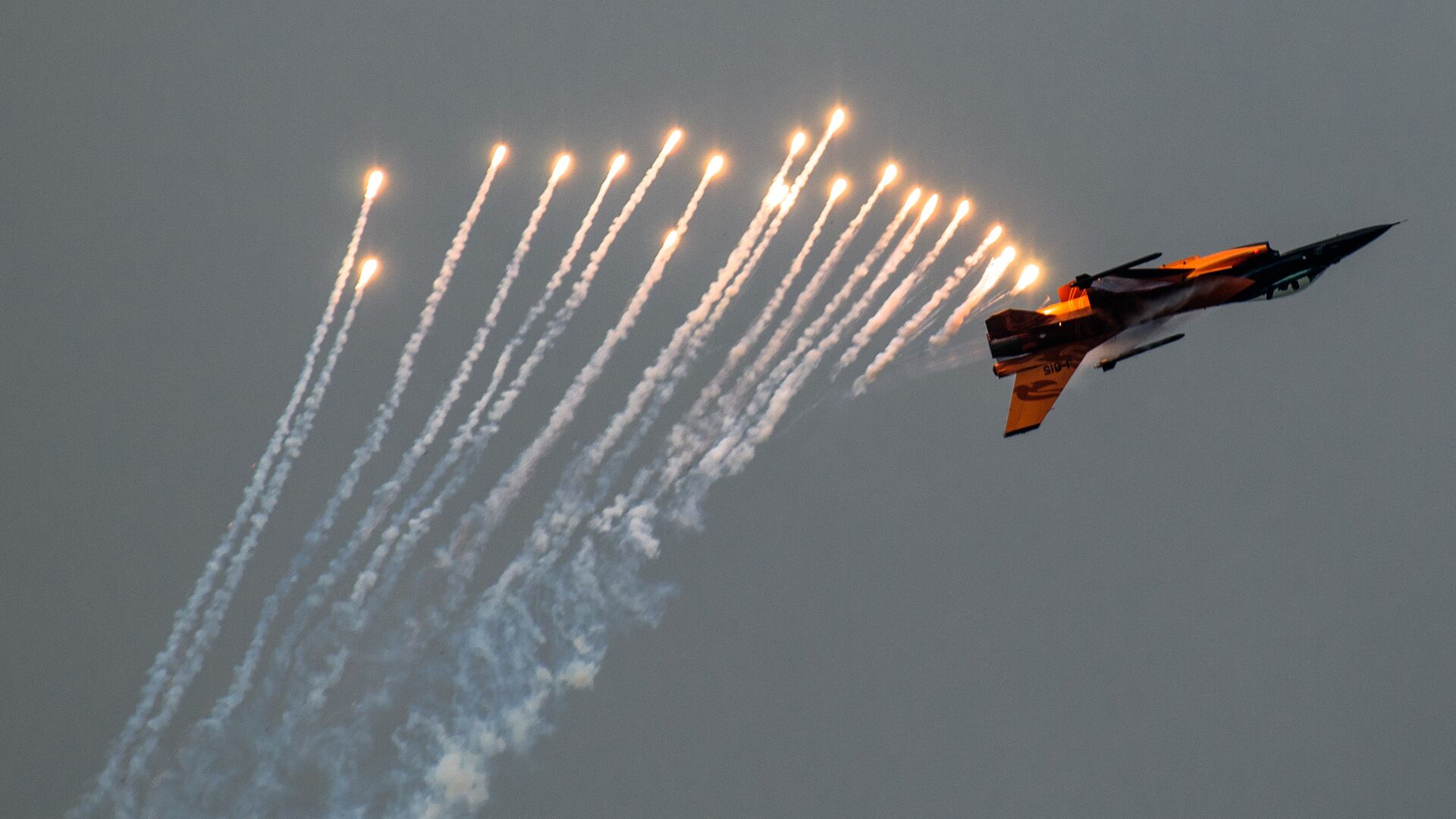Eight months after a computer won a simulated dogfight competition against a human F-16 fighter pilot, the Pentagon’s Defense Advanced Research Projects Agency (DARPA) is pushing ahead with the technology, hoping to convince pilots to trust it in control of their own aircraft.
The research firm’s Air Combat Evolution (ACE) program is halfway to “live subscale aircraft dogfights” later this year, having already mastered virtual dogfighting, as well as handling the controls of a real fighter jet, DARPA announced in a recent press release.
“Our biggest focus at the end of Phase 1 is on the simulation-to-real transition of the AI algorithms as we prepare for live-fly sub-scale aircraft scenarios in late 2021,” Col. Dan “Animal” Javorsek, program manager in DARPA’s Strategic Technology Office, said in the release.
“Managing this transition to the real world is a critical test for most AI algorithms. In fact, prior efforts have been brittle to just these types of transitions because some solutions can be over reliant on digital artifacts from the simulation environment,” he noted.

Last August, DARPA and Johns Hopkins Applied Physics Laboratory (APL) jointly hosted the AlphaDogfight Trials, in which competing teams’ dogfighting algorithms battled it out for the chance to face off against an elite US Air Force F-16 fighter pilot. In the final round, the flesh-and-blood flyer was totally outclassed, losing to the AI in a 5-0 shutout.
However, those were just one-on-one matches. Last month, they hosted a new competition for a more complex AI that could handle two-against-one fights as well as multiple weapons, forcing the computer to think out increasingly complex puzzles.
A far greater concern now is convincing human pilots to put their survival in the hands of the AI. DARPA noted it has conducted “live flights of an instrumented jet to measure pilot physiology and trust in AI” and “initial modifications to the first full-scale jet trainer scheduled to host an onboard AI ‘pilot,’” a Czech-made Aero L-29 Delfin.
“The two-seat jet is outfitted with sensors in the cockpit to measure pilot physiological responses, giving researchers clues as to whether the pilot is trusting the AI or not,” DARPA wrote, noting that “the jet is not actually flown by an AI; rather a safety pilot in the front cockpit acts as a ‘human servo actuator’ executing flight control inputs generated by an AI. To the evaluator pilot in the backseat, it appears as if the AI is performing the aircraft maneuvers.”
Javorsek noted that researchers are tracking how long the pilots are willing to engage the AI pilot as well as where the evaluation pilot’s head is looking in order to see how much they are checking up on the AI’s performance versus focusing on battle management tasks.
However, the next step is a truly AI-controlled jet: DARPA says it is already modifying another Aero aircraft, an L-39 Albatros trainer, to do the job in Phase 3 testing expected to begin in late 2023 or 2024.
The technology is also expected to be used in the Air Force’s “loyal wingman” program, which aims to provide human pilots with AI-powered drone companions above the battlefield. In December, the US Air Force Life Cycle Management Center handed out three contracts to Boeing, Kratos, and General Atomics “to produce missionized prototypes” by this summer.
According to the Air Force, the loyal wingman system will be an “atrittable” asset over the battlefield, able to scout ahead of manned aircraft, focus on specific targets and even take an incoming missile intended for a manned aircraft. It will be governed by the Skyborg AI, for which 13 contracts were handed out last September to develop its various components.




